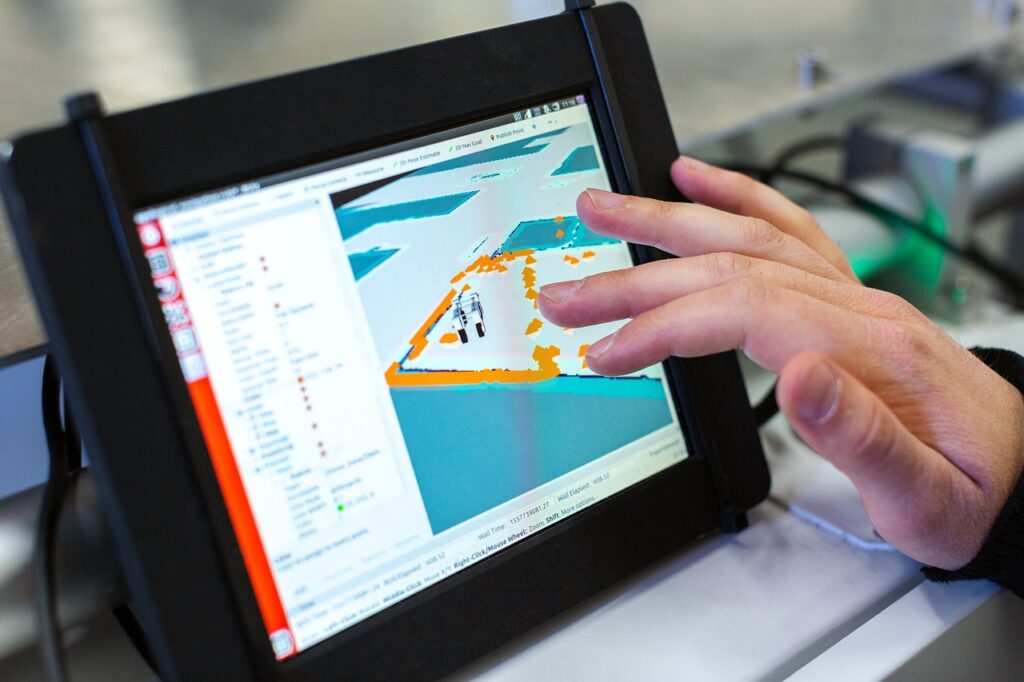Software Integration and Migration
Software integration and migration refer to the processes involved in combining different software systems or transferring data and functionalities from one software application to another. Here’s a brief explanation of each.
Software Integration
Software integration involves connecting and merging multiple software systems to work together seamlessly. It aims to enable efficient communication and data sharing between different applications, eliminating data silos and improving overall system functionality. Integration can be achieved through various methods, such as APIs (Application Programming Interfaces), middleware, or custom integration solutions. The goal is to create a unified and cohesive software ecosystem that enhances productivity, data accuracy, data privacy and user experience.


Software Migration
Software migration involves transferring data, applications, or entire systems from one software platform to another. This process can be driven by factors such as technological advancements, changing business requirements, or the need to consolidate systems. Migration typically involves careful planning, data mapping, reconfiguration, and testing to ensure a smooth transition and minimal disruption to business operations. It may include migrating databases, user accounts, workflows, configurations, and integrations to the new software environment.
Both software integration and migration play crucial roles in optimizing software infrastructure, improving efficiency, and supporting business growth. They require careful analysis, planning, and execution to ensure successful integration or migration without compromising data integrity, system stability, or user experience.